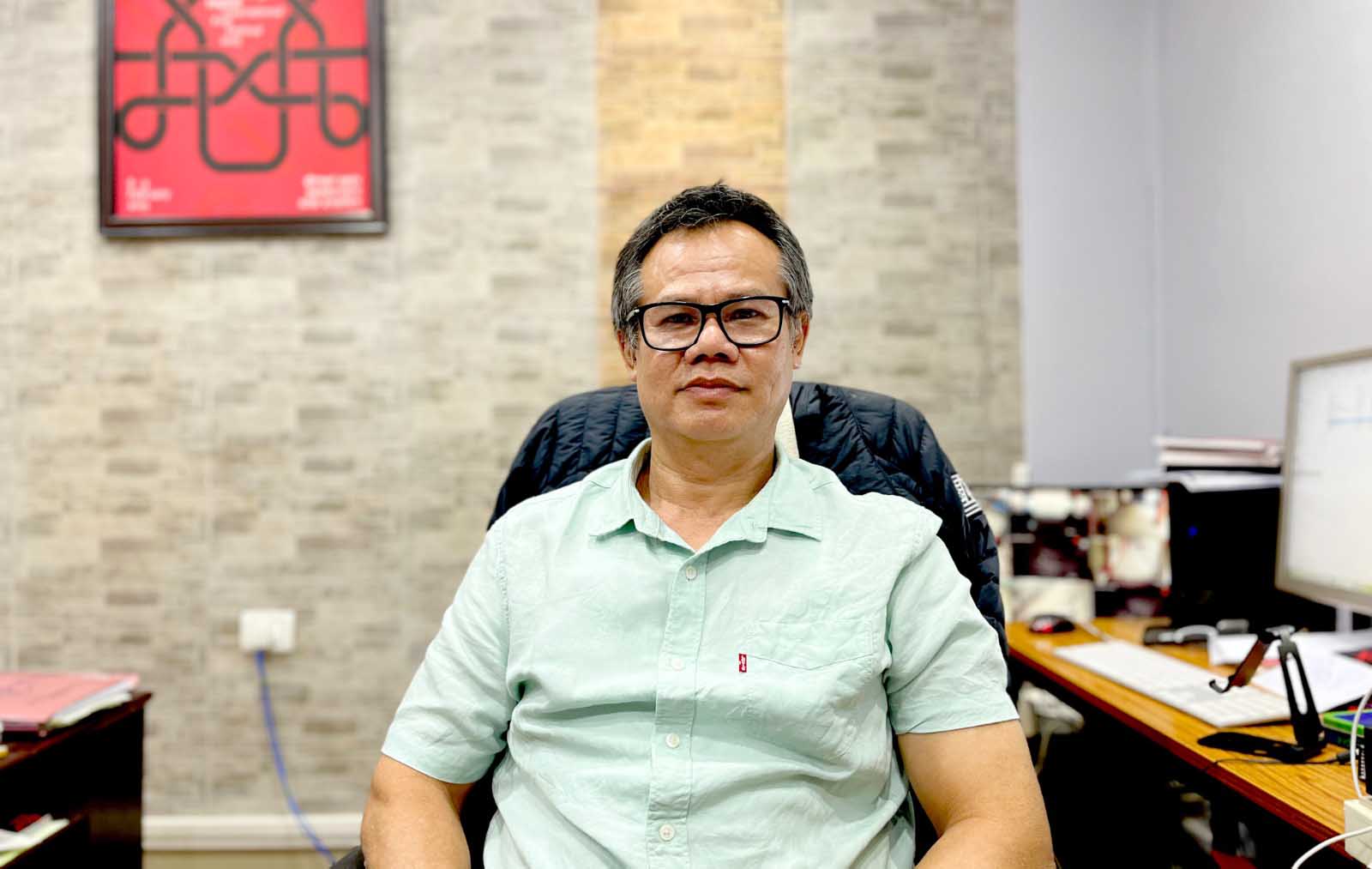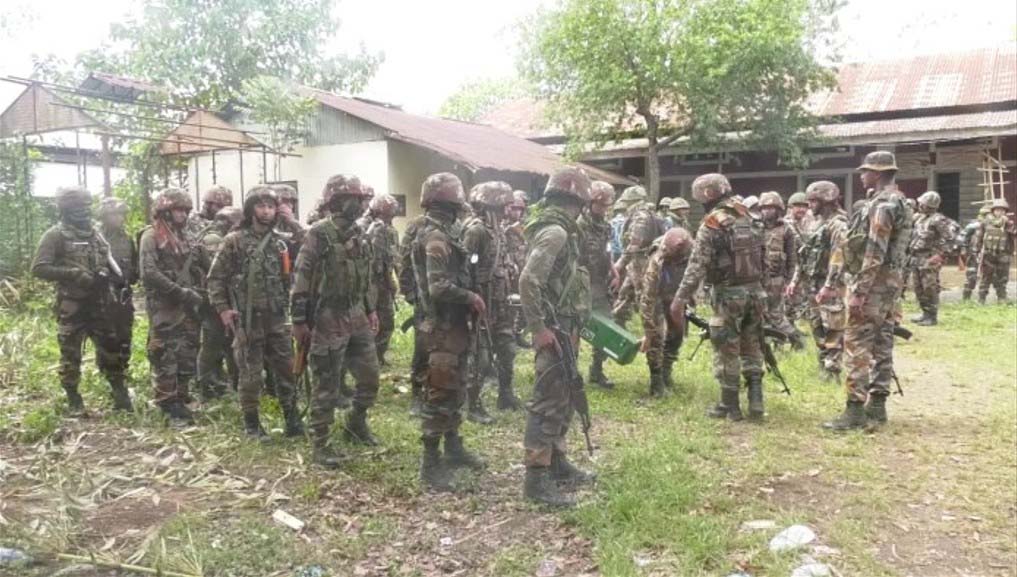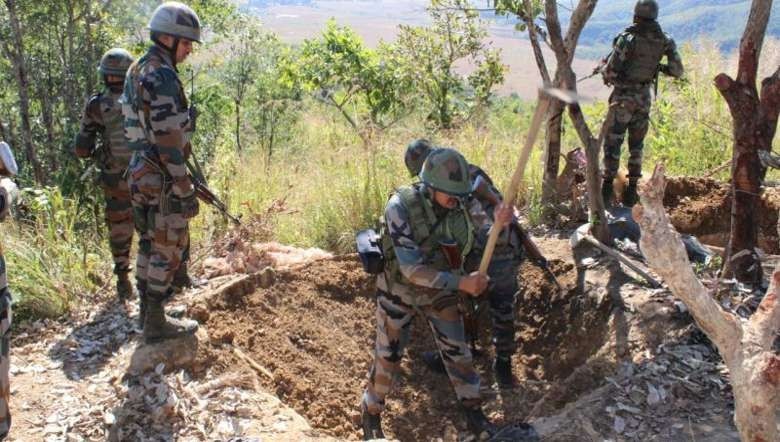British economist Dudley Seers puts in proper perspective the new concept of development in the following ways, “The question to ask about a country’s development is therefore: What has been happening to unemployment/poverty? What has been happening to inequality? If one or two of these central problems have been growing worse, especially if all three have, it would be strange to call the result ‘development’ even if per capita income doubled.
During the 1960s and 1970s economic growth was considered to be the panacea that would solve all the problem through what earlier developmental economists assumed would be an automatic ‘trickle down’ effect of wealth. Concisely it is a theory that believes that if high income earners gain an increase in their wealth, then everyone in the economy will benefit as their increased income and capital gain tax breaks will filter and pan out to all sections of society through investment and thereby generating employment and services.
Influenced by the so-called ‘Harrod-Domar’ model, earlier economists tended to identify the development as measured by the gain in overall and per capita GNP growth. The gross national product and per capita income was the ‘star attraction’ and it was through this they believed would either ‘trickle down’ to the masses in the forms of job or economic opportunities or create the necessary condition for wider distribution of the economic and social benefits of growth. The basic economic problems like poverty, unemployment and inequitable income distribution were relegated down to the bottom and were of secondary importance to achieving economic growth. However even after achieving the target growth rate as set by the UN during the UN development decades (1960s and 1970s), most of the developing countries demonstrated that economic growth that particularly focuses on GNP/GDP by itself cannot solve the basic economic problems of poverty, unemployment and economic inequalities. And the idea of automatic trickle down of benefits of growth has become just a myth. They began to realize that unless the policies and programs are consciously and deliberately directed, the idea of mechanical filtering to all sections of society is just a futile endeavor. It turns out that economic growth remained concentrated in few monopoly houses and the question that arises is whose income is gross with the growth of GNP/GDP and whose does not?
This led to the huge uproar with an increasing numbers of economists suggesting “Dethronement of GNP and emphasis on direct attack on widespread poverty, increasing unequal income distribution and the sphere of rising unemployment”.
Here it is worth mentioning that, the 2nd five year plan in India emphasized on “socialistic pattern of society” that puts stress on raising standard of living by raising national income through rapid industrialization. This task was led out with expectation to generate employment and reduce inequalities in society through trickling down to the poorer section of society. During the 1960s, 70s and 80s, India focused mainly on accelerating economic growth, saving and investments as their belief in “trickling down effect” to solve the issue of poverty was strong. However, the issue of poverty could not be tackled through growth itself.
Recognizing the inadequacy of tackling poverty through this strategy, India introduced economic reforms during the 1990s, aiming at liberalizing the economy through various initiatives.
Inspired by the first global human development report (HDR,1990), India took a synthesis approach that combined liberalization efforts with a more direct focus on human development. Therefore, beginning with the 8th five year plan (1992-1997), the five year plan continues to be firmly set within the human development paradigm. Thereafter employment generation, population control, literacy, education, health, drinking water and provision of adequate food and basic infrastructure are listed as priorities. This new approach that particularly focuses on human need and wellbeing was formulated by an economist named Mahbub ul Haq that was well echoed and popularized by Amartya Sen.
Therefore in the light of the above concept of development the question which we need to raise is, what can be said about the Manipur development experience since Manipur attains its statehood? While the basic economic problem of poverty, unemployment and unequal income distribution remain untouched since the last 50 years , the subsequent government seems to engage more in political rhetoric and publicity generating a ‘hyper –reality’ where image becomes everything and reality nothing by blowing up high sounding development propaganda through media houses and posting outdoor street billboards. In addition to the three basic economic problem, social deviance like crime, rape, drug abuse, HIV/AIDS, human rights, gender disparity, women drudgery and pollution continued to rise everyday which is circulated routinely in the local news outfits.
There is no single measure that can capture the whole process of development as development is a multidimensional process. But 21st century development agenda must be ‘quality’ and ‘quality of services’ and not the quantitative increase in grossly physical and crassly materialistic side of development. What seems to count is the number of educational institutes and not a wink of attention is paid to questions of the quality of education. It is the number of hospitals or primary health care centers that seems to matter, not the quality of medical care. The attitude that “let alone the standard of cleanliness and hygiene in these institutions take care of its own” will not work if policies and programs are consciously and deliberately carried out. It is not the aggregate that matters but the entity. What use is a development project to the starving individual who is struggling to have just one meal a day? What use is the funding for modern infrastructure to the ‘prostitutes’ who are crying out for help to escape out of the ‘hellish tunnel’ with no helping hand available? What use is the increase in life chances if the psychological quality of life is deplorable as is the case with most of the developed countries which have much higher rates of mental illness and psychopathic perversions? What use is economic growth if people continuously experience social aberration and alienation? What use is the fiscal and material side of development if people begin losing the quality of humanness and become just a mere instrument of production and subjugation? What use is increased in physical quality of life if the cultural quality of life is marked by the emergence of psychedelic cultures? Who benefits from these services and infrastructural development cannot be known unless one intentionally cares to probe into their break up.
It is reported that more than 800 millions Indians live on less than 20 rupees per day. The disparity of income distribution varies across states, along rural and urban lines and across social groups. More than 60 percent of women are chronically poor. More than 296 million people are illiterate and 233 millions are suffering from malnutrition. Women workforce constitute only half as compared to that of men and almost 96 percent of women work in the informal sector. India also lags behind in MDGs achievement goal in several targets related to hunger , child and maternal mortality and reversal of malaria and other major diseases. Large majority of people still lack in descent living in terms of standards nutrition’s, basic health facilities, access to education, safe drinking water supply and sewerage.( Human development in India: analysis to action, 2010, UNDP).
In the case of Manipur, the increasing number of drug abuse, theft, domestic violence or prostitution is not necessarily a manifestation of a psychological cause. It is directly or indirectly linked with the socio- economic condition in the society because people’s ways of acting, thinking and feeling are largely shaped and constrained by the state of economic and social condition in society. As non -material social fact like belief and sentiment is intrinsic and pervades human existence, it coerces individuals to think , feel and act which are brought about by external factors and conditioning of society as is delineated in Durkheim theory of social fact. For example, people commit suicide not necessarily as a response to psychological issue but as a means to exit from the familial crisis and turmoil that they experience in any given social situation or for that matter farmer suicide in India is largely motivated by economic factor. Therefore, the basic economic problem of poverty or unemployment has a ramifying impact at all levels of social life both physical, psychological and social well being. So the government needs to identify the disease not the symptoms. By stating these, I am not demeaning the development project and work that so claimed by the government but I am insisting on the fact that the development should primarily focus on intrinsic personal factor like ‘quality of life’, basic human necessities that raise and uphold decent standard of living, happiness and freedom of individual along with economic growth and materialistic side of development.
The poverty ratio of Manipur in 1973-74 in the urban areas was 36.92 % while in rural areas it was 52.67 % which accounted for a total of 49.96%. But during the year 1977-78, it shows an increased rate of poverty figures that tally 53.72% of total poverty ratio for both urban and rural areas respectively. Thereafter the poverty ratio decreased from 37.02% in 1983 to 31.35% in 1987-88 to 33.78% in 1993-94. In 1999-2000, the poverty ratio rapidly declined for the urban area that marked at 7.47% while in the rural area it shows sluggish decreases that marked at 40.04% which account for a total of 28.54%. According to the 61st round of NSSO’s sample survey as of July 2004-2005 the poverty ratio in the rural area stands at 22.3% while in the urban areas, it marked at 3.3% which account for a total of 17.3%.
Though the figures show the decline of poverty ratio, the percentage of population below the poverty line increased from 5.86 lakhs in 1973-1974 to 7.19 lakhs in 1999-2000. According to the report published by Directorate of economics and statistics , government of Manipur (economic survey 2020-2021), the total number of person under below poverty line is 7.45 lakhs (38.8 %) in rural area while 2.78 lakhs (32.59%) urban area Manipur respectively according to 68th Round (2011-12) of NSS which account for 10.22 lakh(36.89%) of total population which is one of the highest in the northeastern states followed by Arunachal Pradesh(34.67%) and Assam (31.98%) subsequently as per the press notes release on poverty estimates, 2011-12 by planning commission exceeding the all India level of 21.9%.
The monthly per capita for state specific poverty line for 2011-2012 in rural areas is 1,118 (Rs) while in the urban area is 1,170 (Rs). Average Monthly per capita expenditure in the rural area is 1334.9 (Rs) while in the urban area, it stands at 1448.91(Rs) as of 2011-12 ,NSS 68th round, national sample survey office. (Planning commission: 10th five year plan 2002-2007, Vol-III / Press notes on poverty estimates,2011-12: Planning commission, July 2013)
The literacy rate of Manipur stands at 79.85% which is higher than the national average of 74.04%. The male literacy rate stands at 86.49% and female literacy stands at 73.17%. Despite the high literacy rate, the economy of Manipur is characterized by a high rate of unemployment and poverty which are two of the basic indicators of development reflected in the SDGs. The number of people registered on the employment exchange rose from 2.28 lakh as on June 30, 1993 to 7.14 lakh as on June 30, 2012. But the BJP- led coalition government claims that the number of unemployed youth registered in the employment exchange was 8,12,811 in 2016 but the number was reduced to 3,64,686 in 2017 which is subject to verification.
According to the Sustainable development goal index report (SDG) published by NITI Aayog(2019-2020), Manipur unemployment rate stands at 11.50% which is one of the highest unemployment rates as compared to rest of Indian states. Nagaland stands at 21.40%, Goa at 13.90 followed by Manipur(11.50%) and Kerala at 11.40% subsequently. Among the Indian states Meghalaya has the lowest rate of unemployment at 1.60% whereas among UTs Dadra and Nagar Haveli display the best performance at 0.40%. The goal no. 8 of SDG which titled “Decent work and economic growth” aim at creating employment opportunities and at the same time protecting labor rights and promoting a safe and secure working environment. It is worth reminding that Programmed like Make in India , Startup India, Skill India , Digital India have the underlying principle of creating employment opportunities.
The earlier model of development usually aimed at structural changes in the economy reflected in the sectoral shifts from agricultural to industry or from the primary sector to secondary and tertiary sector. Even though agriculture continues to be the economic mainstay in Manipur, there is no significant and impressive development in agrarian output. And practically we can say that industrialization is of non –existence and the infrastructural facilities in the public sector both in the hill and valley are yet to take its development course. The only industrial activity worth the name in the state is handloom and handicrafts as reflected in the economic survey,2020-21.
Infrastructure development index that brings out a composite comparative profile of the availability of physical , social and institutional infrastructure in the states stands at 75.39 as of 1999 devised by the 11th finance commission report which is one of the lowest as compared to rest of the Indian states. Arunachal Pradesh stands at the bottom with 69.71 and Goa stands at the top with 200.57. In the 12th finance commission reports (2005-10), Manipur along with Arunachal Pradesh, Meghalaya, Jharkhand, Mizoram, Nagaland, Assam, Chhattisgarh, Sikkim, Tripura, J&K, Bihar and Rajasthan were clubbed together at the bottom of the hierarchy as lowest among the physical infrastructure development index.
The per capita consumption of electricity in KwH in 1974-75 is 7.7 which increased to 69.5 in 1999-2000. The per capita consumption of electricity as of 2011-12 is 235.86 KwH which is lowest in the North-east. Sikkim stands at 886.36KwH, Arunachal Pradesh at 683.13 KwH, Mizoram at 506.74 KwH subsequently while the all India level stands at 883.63 KwH. (Planning commission:12th finance commission reports (2005-10) p-61)
Given the lack of infrastructural development, technological backwardness, shortage of resources for investment, we are living under a sponsored economy where our stomach is sponsored by Delhi. And this sponsored economy becomes more crystal clear when some ethnic group puts up a blockade in the national highway as a means of protest as we have been experiencing in the former congress regime. Therefore the idea of economic dependence negates the idea of economic self-reliance which by any standard is the true measure of economic development. Therefore the BJP led coalition government must retrospect its development propaganda before jumping into celebration. And it is the responsibility of the citizen to be conscious and aware of the existing plight and condition of people rather than living in the virtual reality or ‘hyper-reality’ as postmodern thinker Jean Baudrillard termed it, created and produced by the political parties through media houses.










